FAU has added a new state-of-the-art Magnetic Resonance Imaging (MRI) system to its research infrastructure. This cutting-edge technology marks a transformative step forward for FAU’s research capabilities, enabling groundbreaking studies in neuroscience, clinical health and medical advancements.
Tag: Diseases
Beyond the toxin: investigating the role of the cpb2 gene in the survival of Clostridium perfringens
A pivotal study has uncovered the genetic nuances of the cpb2 gene in Clostridium perfringens, a bacterium responsible for intestinal infections. The research indicates that cpb2 may enhance the bacterium’s persistence in swine, offering critical insights into host adaptation and disease management.
Five AANEM Members Will Race for a Cure in the TCS New York City Marathon
Five American Association of Neuromuscular & Electrodiagnostic Medicine (AANEM) members will race for a cure with American Neuromuscular Foundation (ANF)’s charity team in the 2024 TCS New York City Marathon on Nov. 3 to help raise awareness and funds for neuromuscular (NM) disease research and education. Meet the runners.
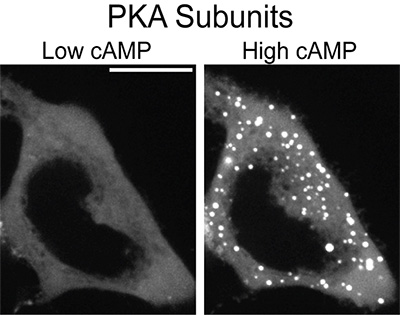
Liquid Droplets Shape How Cells Respond to Change
New research by scientists at University of California San Diego has shown that cells regulate cAMP/PKA signaling by forming liquid droplets that segregate excess PKA catalytic subunits where they can do no harm. Some cancers may block the formation of liquid droplets, leading to hyperactive signaling and tumor formation.
‘Forever Chemicals’ Linked To Many Diseases
Lynn R. Goldman, Dean of the GW Milken Institute School of Public Health, is a pediatrician, epidemiologist and environmental health expert. She formerly served as the Assistant Administrator for Toxic Substances at the EPA, where she oversaw the Office of…
For Type II diabetes prevention, tap into AI
Better prevention of Type II diabetes could save both lives and money. The U.S. spends over $730 billion a year — nearly a third of all health care spending — on treating preventable diseases like diabetes.
Smoking has long-term effects on the immune system
Like other factors such as age, sex and genetics, smoking has a major impact on immune responses.
More and more emerging diseases threaten trees around the world
Diseases are among the major causes of tree mortality in both forests and urban areas. New diseases are continually being introduced, and pathogens are continually jumping to new hosts, threatening more and more tree species.
Researchers use Argonne X-rays to find the best antibodies
Antibody therapies are only effective if the antibodies do what we want them to do. This research can help scientists determine if an antibody is likely to stick to something other than the intended target, which should lessen the amount of time wasted with overly sticky antibodies.
Study reveals workings of promising Copper deficiency drug
Research at Argonne National Laboratory’s Advanced Photon Source has revealed a key mechanism behind a promising drug for copper deficiency disorders.
Scientists use Argonne supercomputer to detail HIV protein mechanism crucial for drug development
Researchers from the University of Illinois Chicago used the Theta supercomputer at the Argonne Leadership Computing Facility to run simulations on and determine the molecular mechanisms behind the ways that new HIV antivirals could work.
Entomology expert provides tips for dealing with invasive spotted lanternfly
It is hatching season for the spotted lanternfly, an invasive insect from Asia that a West Virginia University expert describes as a “serious economic threat” to agricultural industries. First detected in Pennsylvania in 2014, the spotted lanternfly has since been found…
Argonne aids in the fight against one of the world’s most ubiquitous human viruses
With the help of Argonne National Laboratory, Epstein-Barr Virus researchers identified a viral protein as a target for antiviral and vaccine development, as well as an antibody that might benefit the immunocompromised.
Projects to fight biological threats receive $5 million in federal funding
To help computer models better mimic reality, Argonne National Laboratory and Sandia National Laboratories will collaborate on agent-based modeling projects.
Argonne researchers share in Chicago Innovation Award for COVID wastewater testing
Argonne’s expertise in biosafety, genetic sequencing and epidemiology help public health officials track which COVID variants are present in Illinois and monitor variants of concern.
Powered by artificial intelligence, Argonne technology eyes bird activity at solar facilities
The World Health Organization says monkeypox is a global health emergency. Scientists use ultrabright X-ray beams and diffraction imagery to understand how poxviruses behave. This can accelerate development of critical vaccines and treatments for monkeypox and other poxviruses.
Shark antibodies may have the teeth to stop COVID-19
Tiny antibodies in sharks have dexterity and flexibility that human antibodies do not. They can bind tightly to the spike proteins of coronaviruses and neutralize the virus. This could help researchers develop new vaccines and therapies for COVID-19.
Argonne collaborations bring computational tools to the forefront of COVID-19 research
Argonne, industry and academia collaborate to bring innovative AI and simulation tools to the COVID-19 battlefront.
Existing drug is shown to inhibit virus that causes COVID-19
Scientists using the Advanced Photon Source have discovered that a drug used to fight tumors in animals might be effective against many types of coronaviruses, including SARS-CoV-2.
Scientists repurpose cancer and seizure medications to aid in the fight against COVID-19
Two teams of researchers using the Advanced Photon Source identified existing drugs — one used to treat cancer, the other an anti-seizure medication — that may work as treatments for COVID-19.
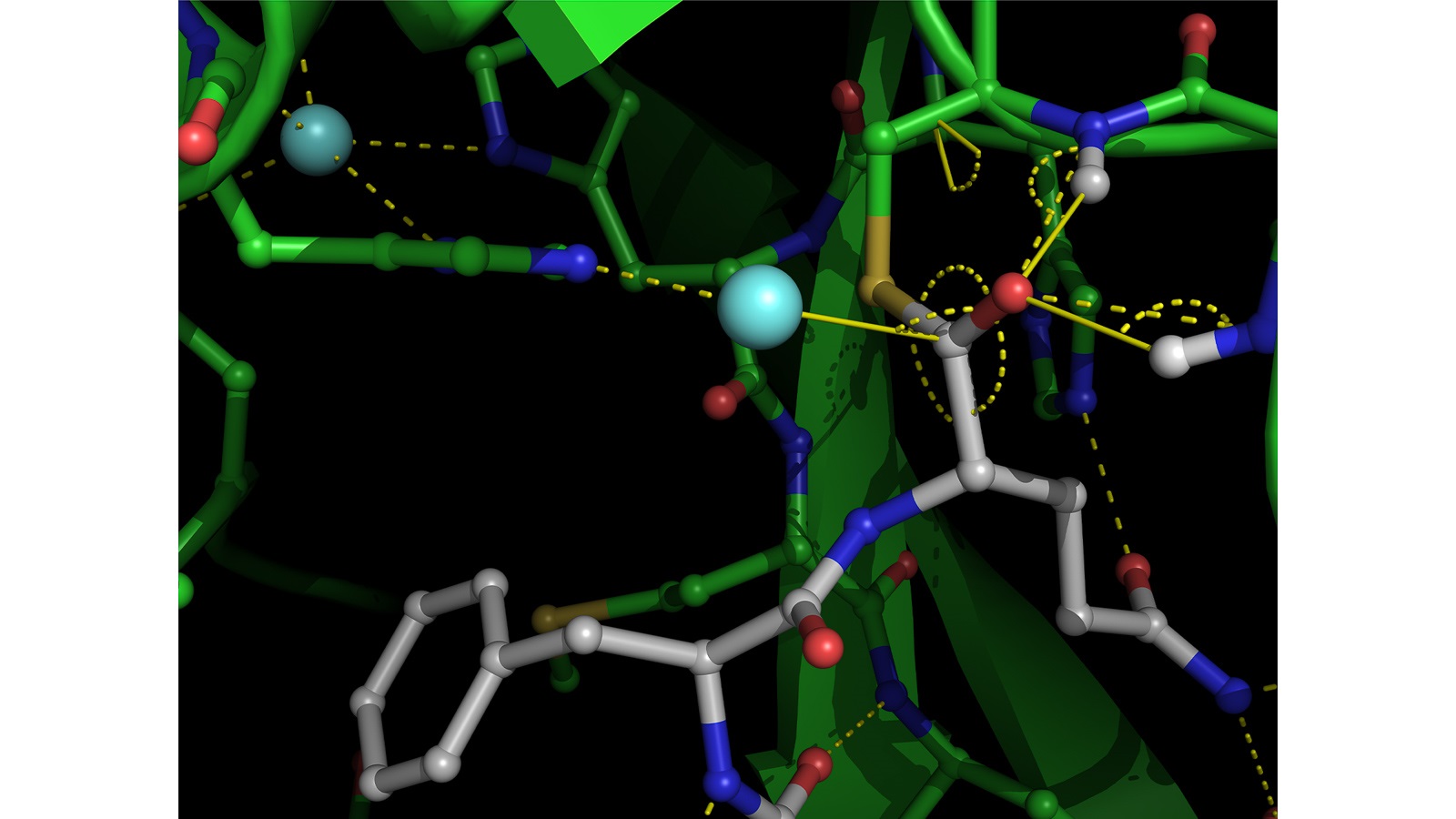
Caught in the act: New data about COVID-19 virus’s functions could aid in treatment designs
For the first time, a team of researchers has captured X-ray images of a critical enzyme of the COVID-19 virus performing its function. This discovery could improve design of new treatments against the disease.
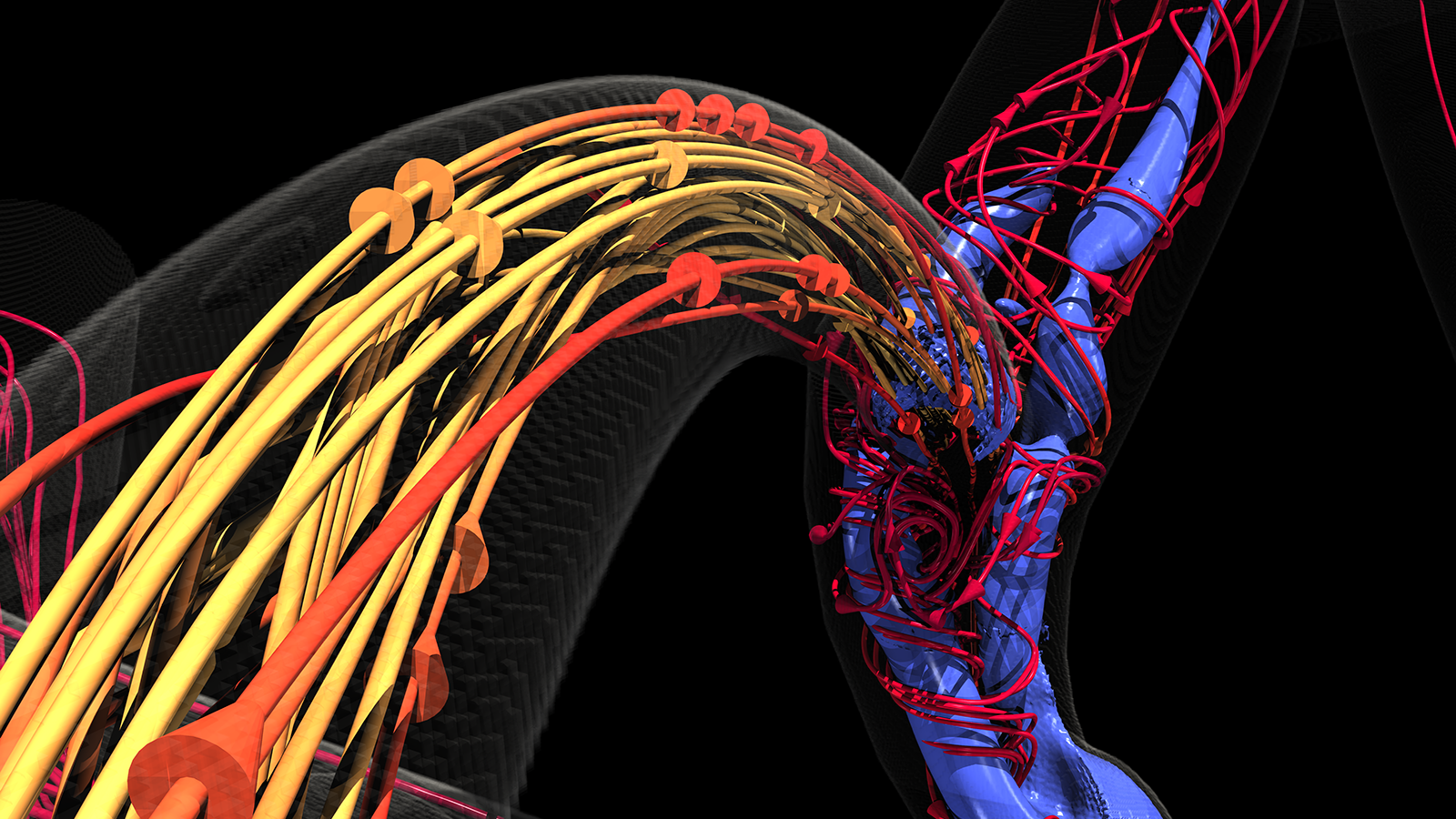
Preparing for exascale: Aurora supercomputer to help scientists visualize the spread of cancer
In advance of Argonne’s Aurora exascale supercomputer, Duke University assistant professor Amanda Randles is leading a new study to analyze cancer metastasis using HARVEY, a code that simulates blood vessels within the human body.

Why the lovable llama might be a secret weapon against COVID-19
As the fight against COVID-19 continues, scientists have turned to an unlikely source for a potentially effective treatment: tiny antibodies naturally generated by llamas.

Argonne scientists track community spread of COVID-19 in wastewater
Argonne scientists are using wastewater-based epidemiology to provide a safe and cost-effective way to measure community spread of COVID-19 and the SARS-CoV-2 virus.
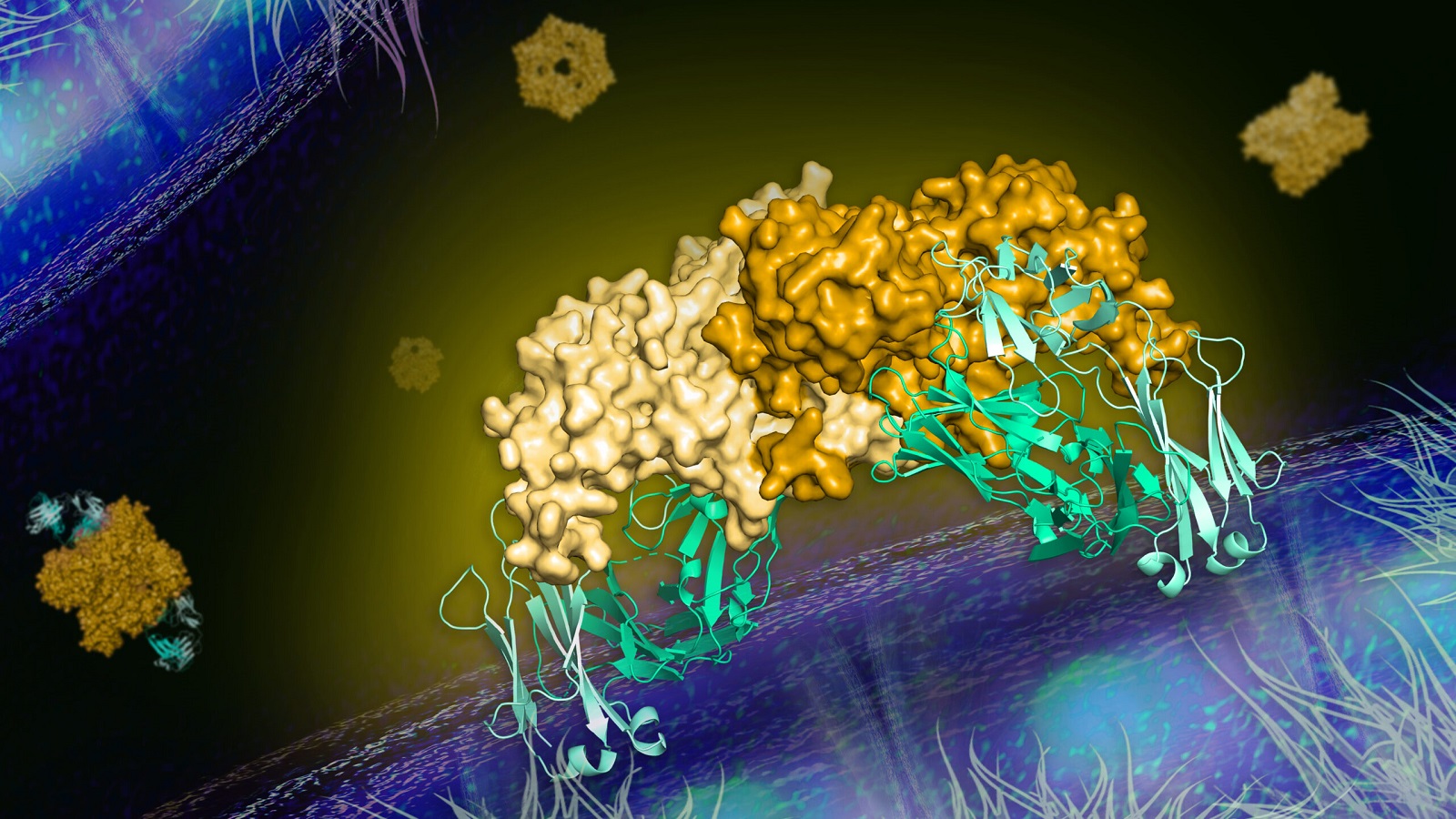
Scientists find antibody that blocks dengue virus
The research team used the Advanced Photon Source to confirm an effective antibody that prevents the dengue virus from infecting cells in mice, and may lead to treatments for this and similar diseases.
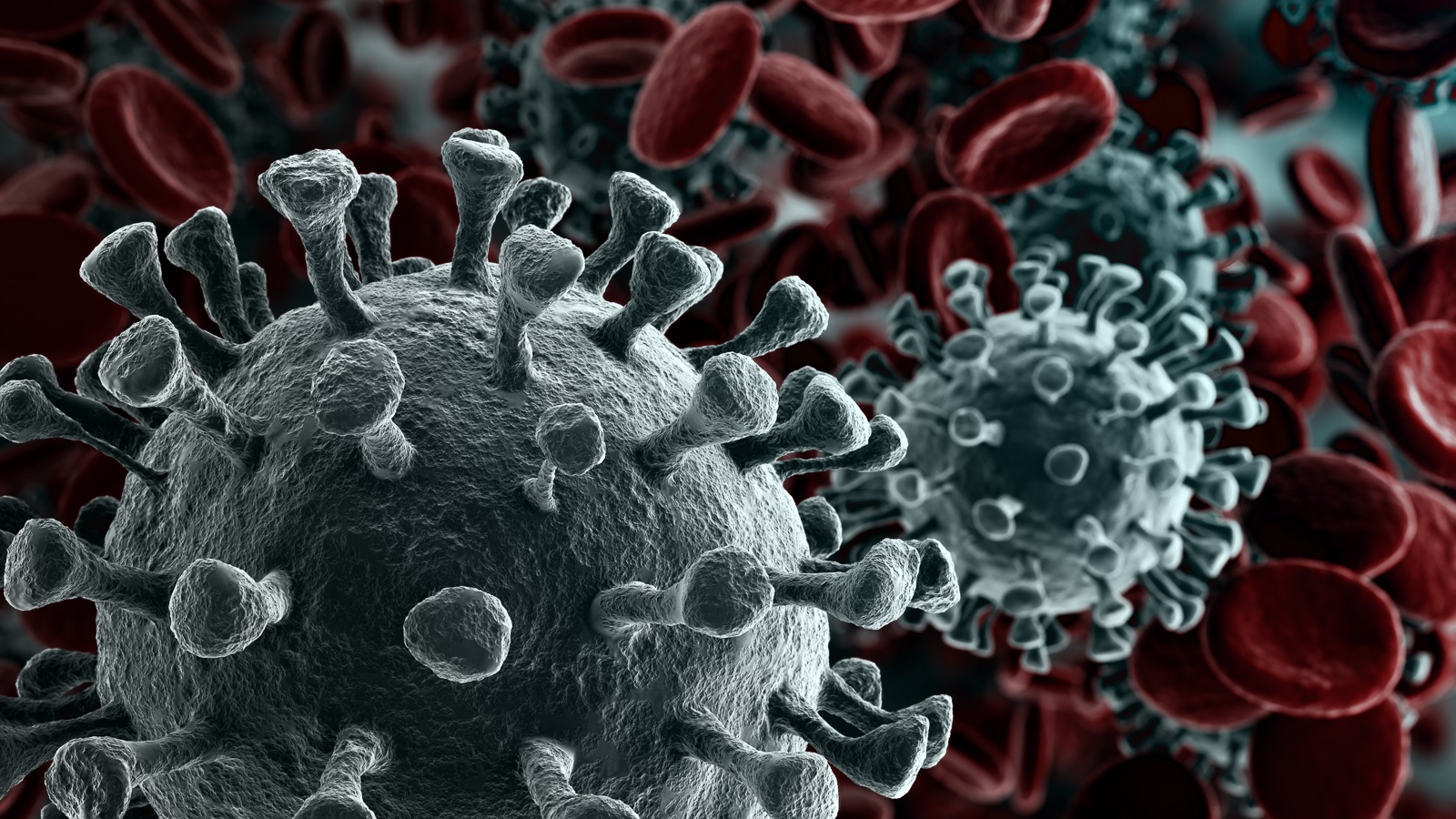
10 ways Argonne science is combatting COVID-19
Argonne scientists and research facilities have made a difference in the fight against COVID-19 in the year since the first gene sequence for the virus was published.
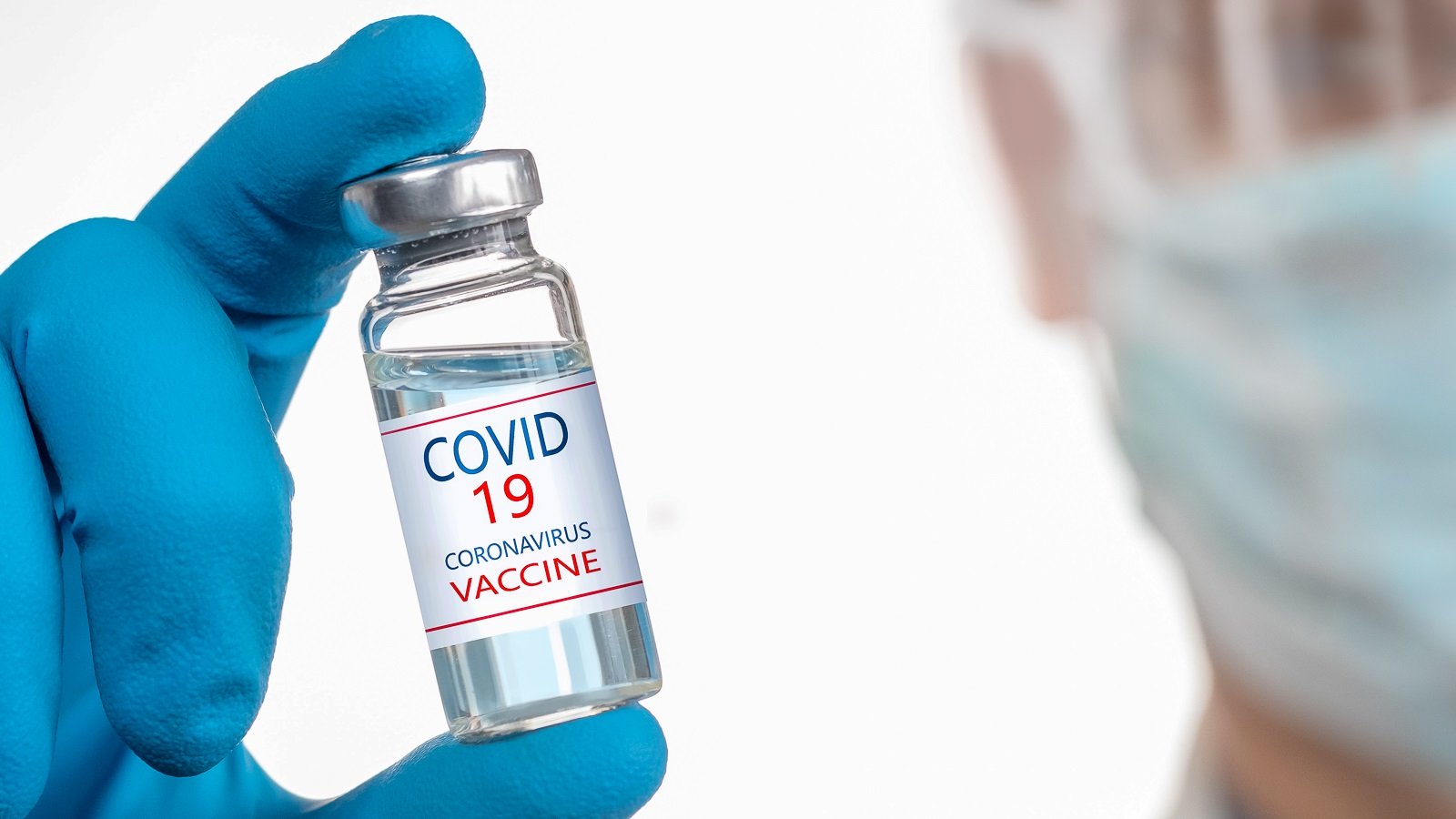
APS plays foundational role in development of COVID-19 vaccines
More than a decade of virus research at the APS laid the groundwork for more effective COVID-19 vaccines and helped speed their rapid development.
100th structure of COVID-19 virus from Advanced Photon Source data released
The APS has been a powerful tool in the battle against the novel coronavirus, contributing more information about the structure of the virus to the International Protein Databank than any other light source in the United States.
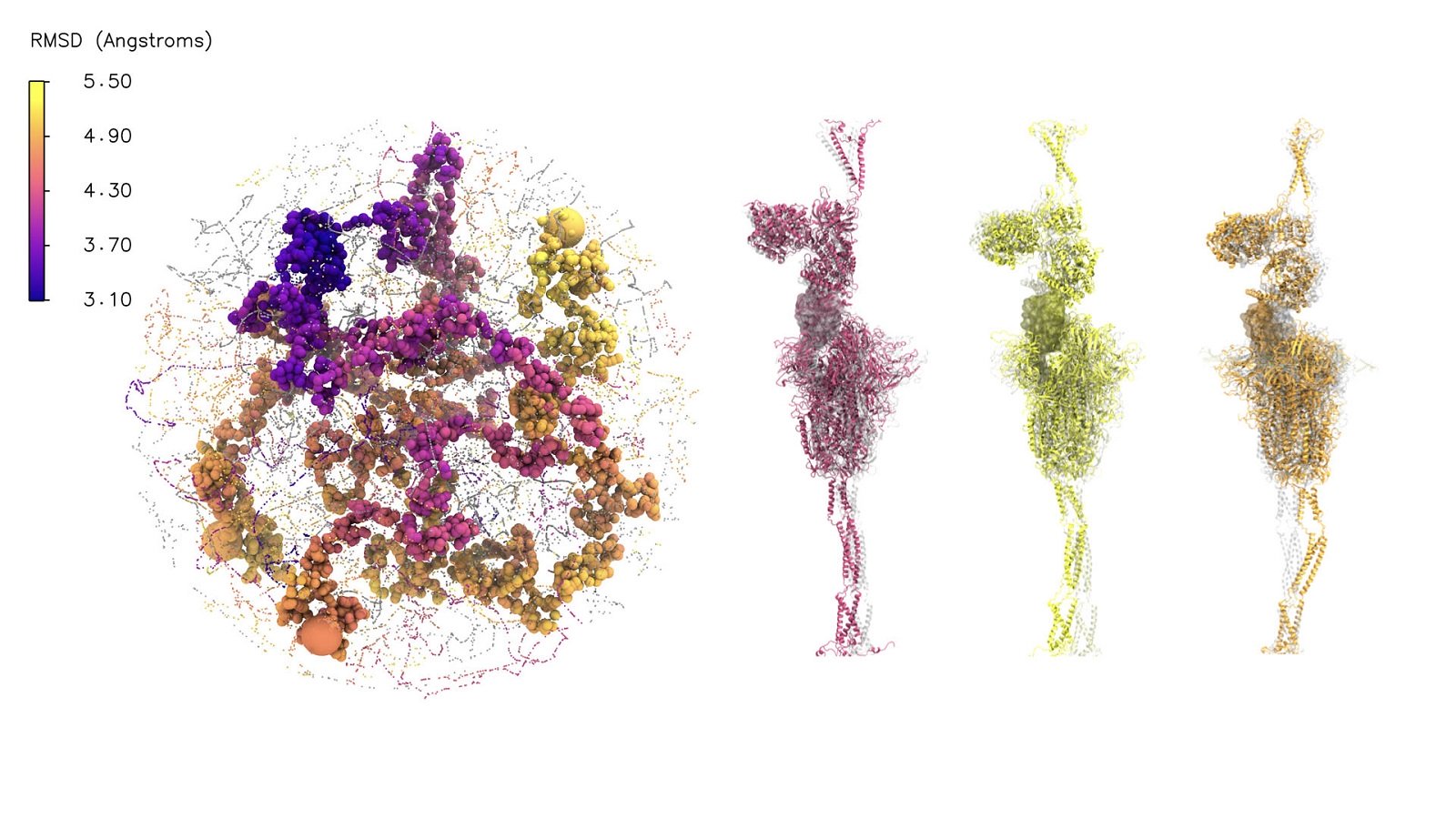
Argonne AI methods unravel mysteries of SARS-CoV-2 viral-human cell interaction
Using a combination of AI and supercomputing resources, Argonne researchers are examining the dynamics of the SARS-CoV-2 spike protein to determine how it fuses with the human host cell, advancing the search for drug treatments.

Argonne collaborates on largest COVID-19 viral sequence analysis in U.S.: Verifies mutation concern
Argonne computational resources supported the largest comprehensive analysis of COVID-19 genome sequences in the U.S. and helped corroborate growing evidence of a protein mutation.
UCI mathematicians use machine intelligence to map gene interactions
Irvine, Calif., April 29, 2020 — Researchers at the University of California, Irvine have developed a new mathematical machine-intelligence-based technique that spatially delineates highly complicated cell-to-cell and gene-gene interactions. The powerful method could help with the diagnosis and treatment of diseases ranging from cancer to COVID-19 through quantifing crosstalks between “good” cells and “bad” cells.
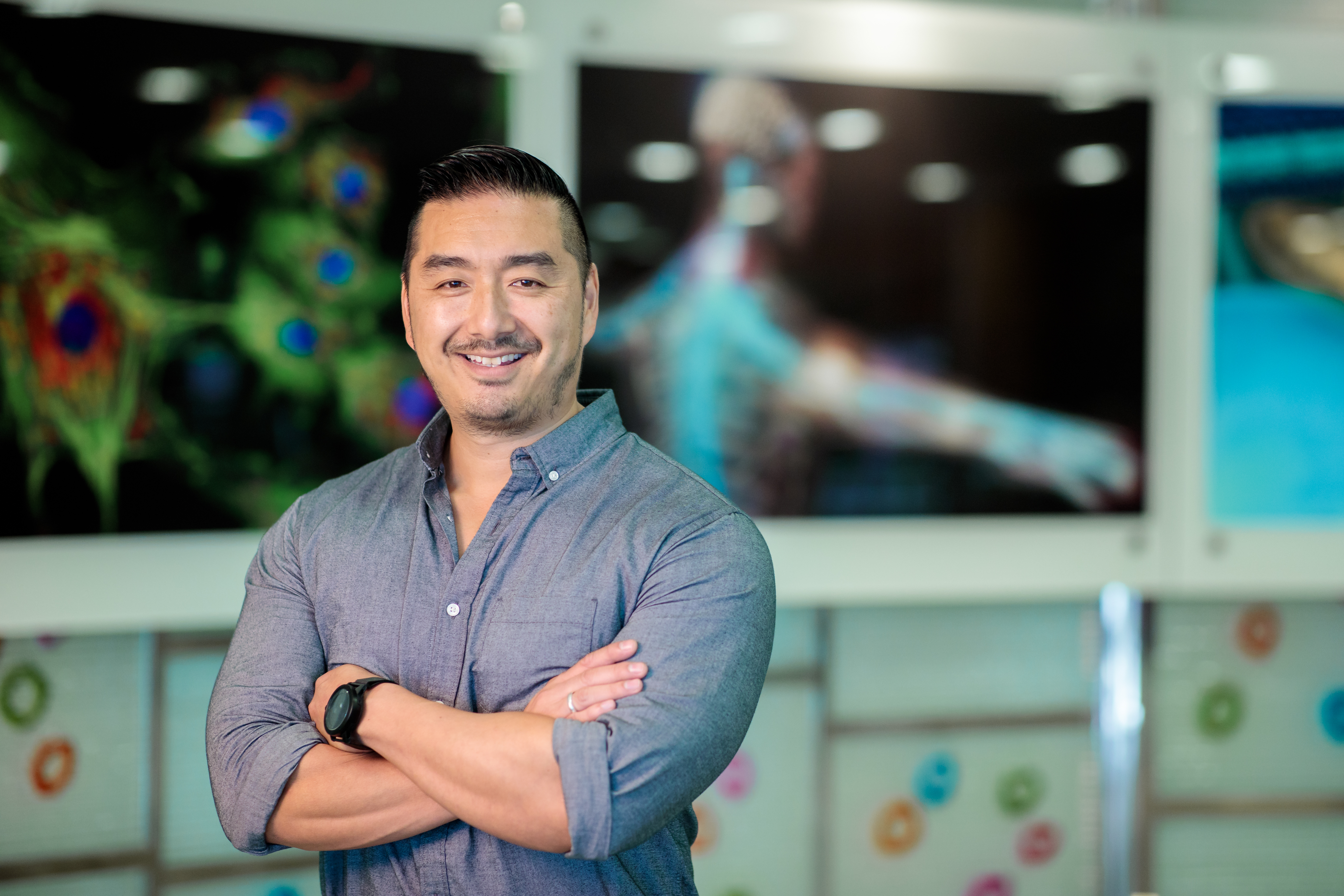
NUS-led team develops artificial intelligence platform to combat infectious diseases
A research team led by Professor Dean Ho from the National University of Singapore has developed a ground-breaking artificial intelligence platform known as ‘IDentif.AI’ which can identify optimal drug combination therapies at unprecedented speeds.
Common coronaviruses are highly seasonal, with most cases peaking in winter months
Four types of human coronaviruses that cause common respiratory infections are sharply seasonal and appear to transmit similarly to influenza in the same population, according to a new study by University of Michigan School of Public Health researchers.
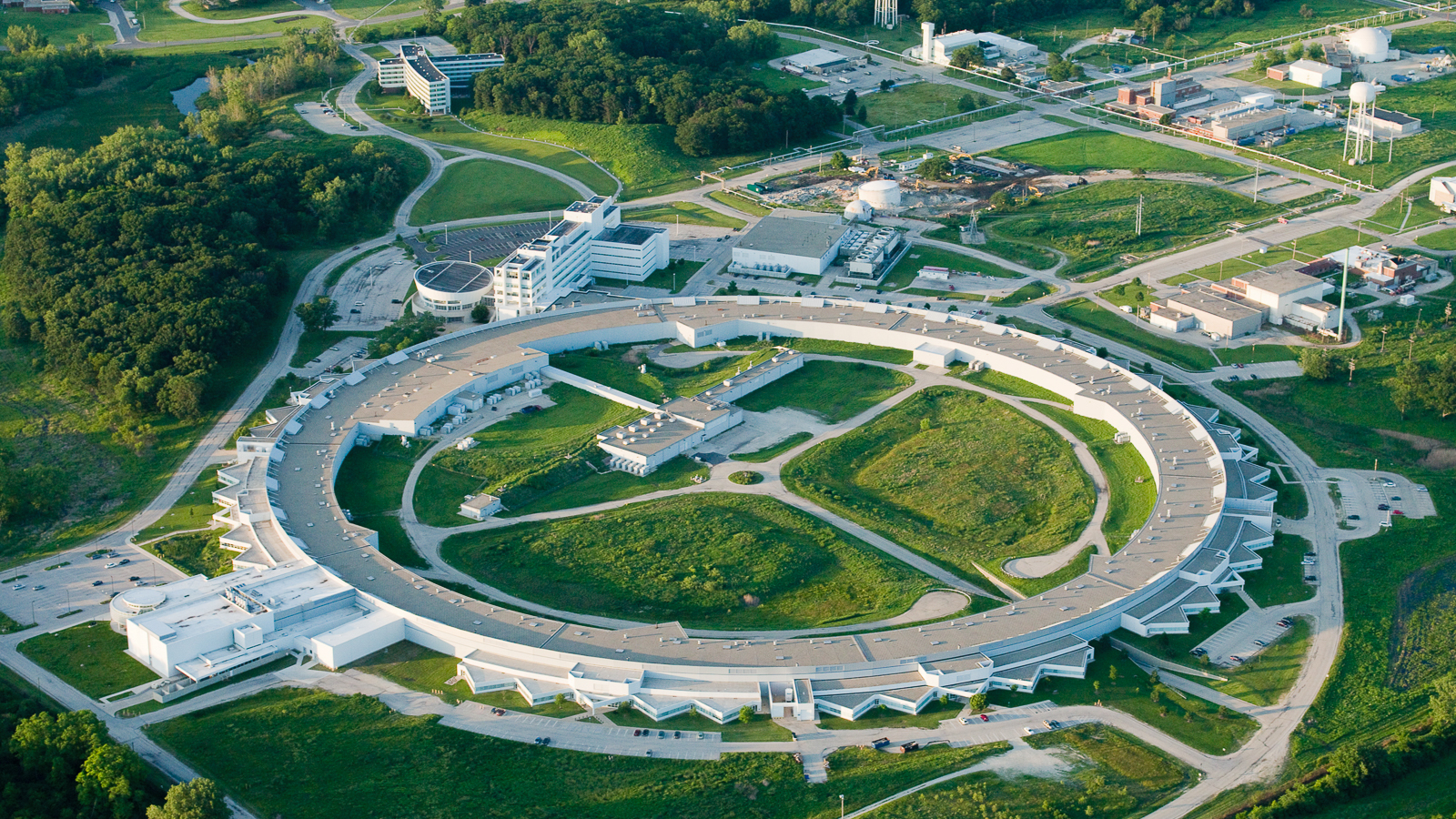
Argonne’s researchers and facilities playing a key role in the fight against COVID-19
Argonne scientists are working around the clock to analyze the virus to find new treatments and cures, predict how it will propagate through the population, and make sure that our supply chains remain intact.
UCI team demonstrates ability to supercharge cells with mitochondrial transplantation
Irvine, Calif., March 23, 2020 – Researchers at the University of California, Irvine have shown that they can give cells a short-term boost of energy through mitochondrial transplantation. The team’s study, published today in the Journal of the American Heart Association, suggests that mitochondrial transplantation could one day be employed to cure various cardiovascular, metabolic and neurodegenerative disorders – and even offer a new approach to the treatment of cancer.
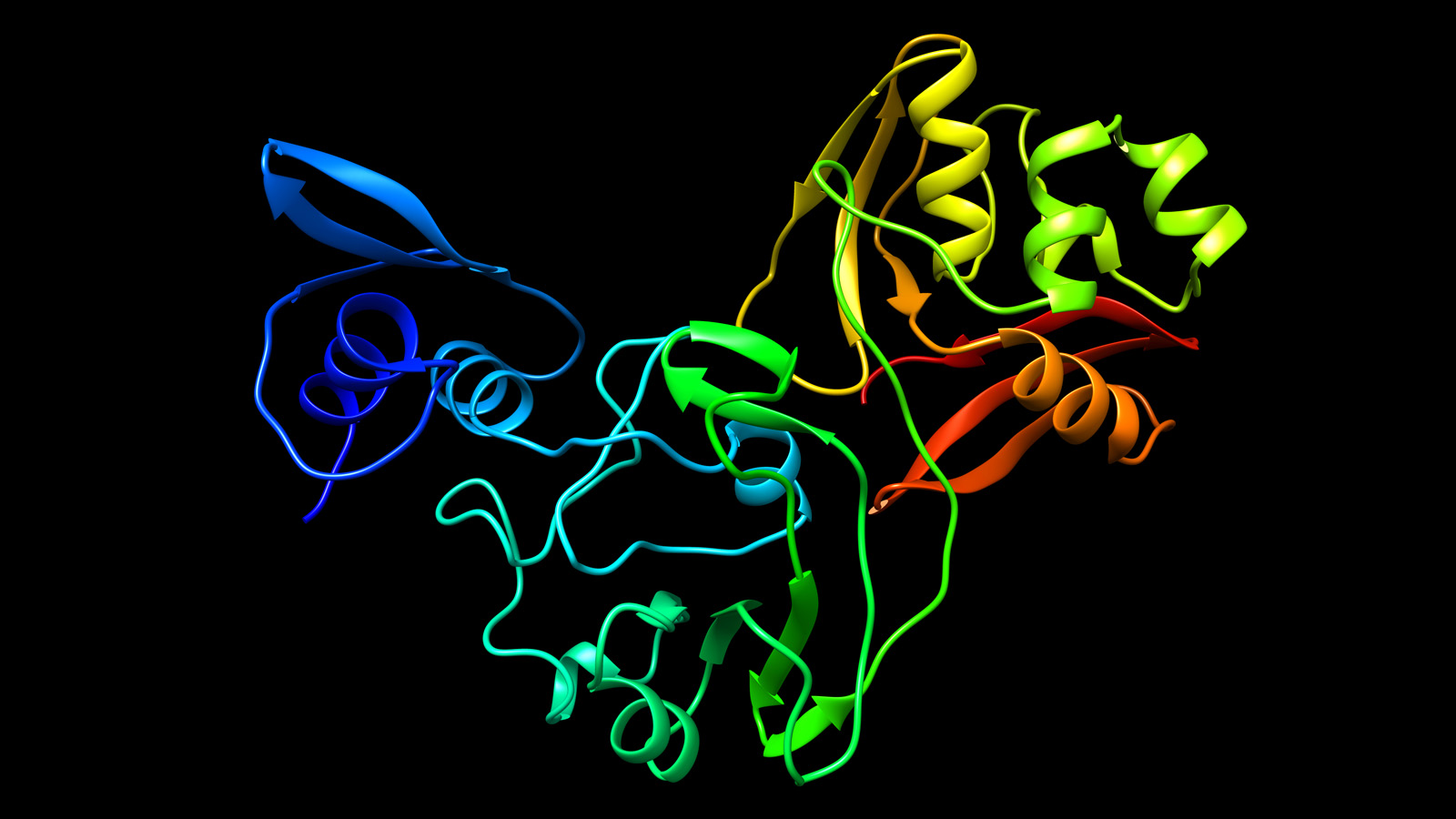
New coronavirus protein reveals drug target
A potential drug target has been identified in a newly mapped protein of SARS-CoV-2, the virus that causes coronavirus disease 2019 (COVID-19). The structure was solved by a team including the University of Chicago (U of C), the U.S. Department of Energy’s (DOE) Argonne National Laboratory, Northwestern University Feinberg School of Medicine and the University of California, Riverside School of Medicine (UCR).
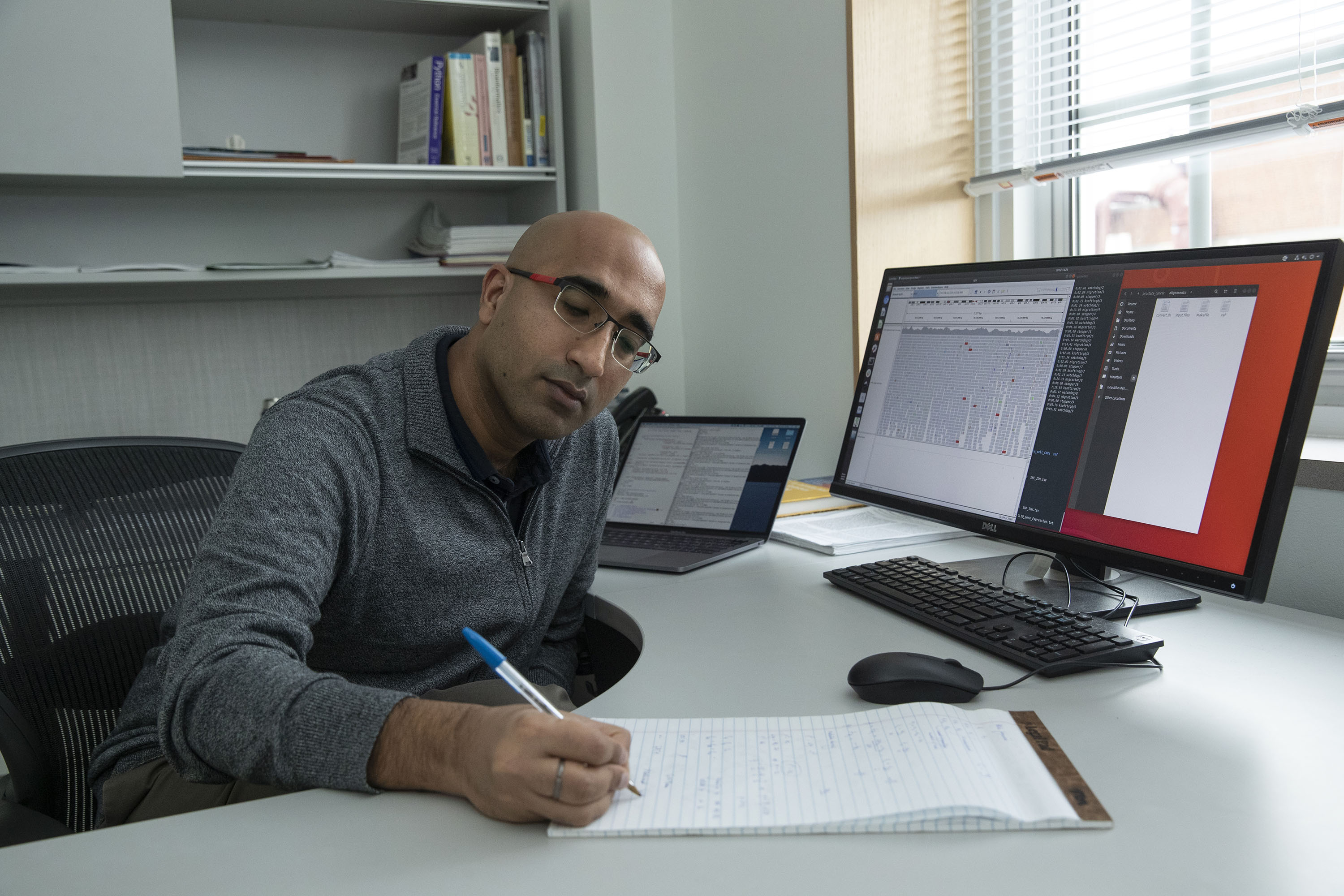
Major Asian Gene Study to Help Doctors Battle Disease
“Under-representation of Asian populations in genetic studies has meant that medical relevance for more than half of the human population is reduced,” one researcher said.
Research at Argonne’s Advanced Photo Source Leads to New Ebola Drug
Scientists using specialized beamlines at Argonne’s Structural Biology Center (SBC), a facility for macromolecular crystallography at the Advanced Photon Source, derived insights that led to the discovery of a promising new drug for Ebola.